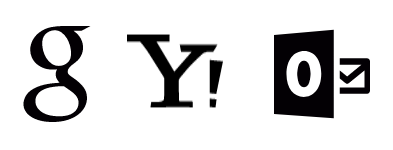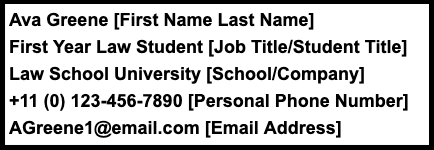
This logo isn't an ad or affiliate link. It's an organization that shares in our mission, and empowered the authors to share their insights in Byte form.
Rumie vets Bytes for compliance with our
Standards.
The organization is responsible for the completeness and reliability of the content.
Learn more
about how Rumie works with partners.
Email is a modern way to communicate and can be used to share memories with friends and family. Often, you will receive emails from your favorite stores, blogs or local charities.
When creating a personal email account, it is important to consider your audience.
Creating a professional email address will help you when completing job applications, networking and more.
Step 1 - Select Your Website

The first step in creating a new email account is to decide which service you would like to use. Depending on what's popular in your country, you might choose Gmail, Yahoo, or Microsoft Outlook. You'll be asked for some basic information, so be ready with a phone number, your birthday and a trustworthy password.
Gmail:
Microsoft Outlook:
Yahoo:
Step 2 - Choose Your Username
Once you click create account, you will need to choose a username, which is also known as a handle.
Check out some handles below:
soccerguy1987@email.com
love143xo@email.com
These handles might seem fun and expressive, but we want to make sure your email address is easy to share and not too flashy. Following a simple pattern will help you in creating your new professional account.
Let's look at some better examples:
Ava.Greene@email.com (Name + Name @email.com)
AGreene1@email.com (Letter + Name + Number @email.com)
Quiz
Which email is the most professional?
A simple combination of a first initial, last name and a simple number is the way to go in creating a professional account!
Did you know?
Step 3 - Creating A Signature
Now that your account is up and running, you can practice emailing with friends and family. When writing a professional email, include an appropriate greeting and closing:
"Dear Mr./Ms. Last Name"
Sincerely,
Your Name"
After your closing comes a signature. Typically, it will contain important contact and personal information for your reader. Check out our example:

Quiz
Did you know that Rumie has another Byte on creating an impactful signature?
Hop over to the Byte "create an impactful email signature" to keep learning!
Did you know?
This Byte has been authored by
Heather Johnson
Assistant Director of International Programs and Student Affairs Coordinator; Hofstra Law
